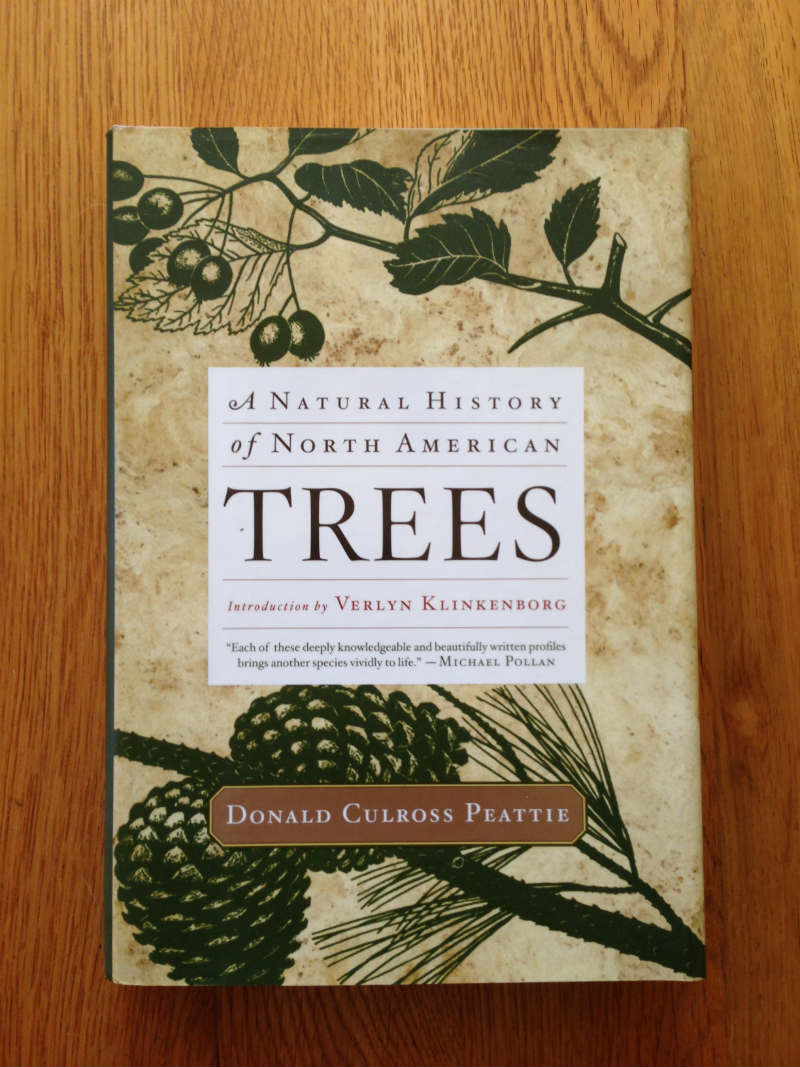The United States has produced a lot of good nature writing. There’s something in the country that lends itself to the practice – so much so that sometimes it seems that anyone who finds a corner and just watches and smells for a few seasons can produce something that’s easily serviceable and, often, in places, wondrous.
But here’s an unpopular thought: very few of these books, from most of John Muir to Wendell Berry to what’s in between, are really great, or even very interesting. They tend to be talked about with a huge amount of sanctimony, but I’ve always wondered how many readers today get much out of the genre, which is heavy on the luminosity of nature, the synchronicity of its construction, and in places almost unbearably condescending – because in the post-war years the big names of the form, from Edward Abbey to Annie Dillard, have obviously written under the assumption that their work is for city dwellers who haven’t and never will see the sunbathing of the reptiles and the slow opening of the seed cases that they’ve taken the time to observe.
But if great literature is about finding a way to relate, one truly great American nature writer has mostly been forgotten. Donald Culross Peattie came from a tradition of conservation inherited from France and Germany that has largely been extirpated in this country, as the battle lines have hardened between the luminosity-of-nature preservationists and drill-baby-drill nutjobs. His ethic presupposed that we all interact with nature on some level, and that students of ecology can and should possess a layman’s wonder, and that a layman can practice ecology.

‘Two decades after the Civil War, when railroads penetrated the southern Appalachians, and the great hardwood resources of these mountains were first tapped, Poplar was the prize of extensive selective logging. Only centenarian trees of great size were felled; those under 30 inches in diameter at the stump end would not have been cut, and only perfectly clear logs, containing upward of 400 board feet, were accepted at the mill in the 1880s. By 1905 the mills were beginning to be glad to get Polar 14 inches at the stump end, which sawed out with 100 board feet clear. Today the portable sawmill is absorbing what is, for Poplar, almost sapling growth – logs 9 and 10 inches thick. Even the very young trees are now unfortunately cut, for pulp, since by the soda process Poplar can be made into high-grade book paper.’
When environmentalists lose in America it’s always because they’re accused of being naive about economics and the real world. Now more than ever environmentalists need to remember what it’s like to write for that real world.







